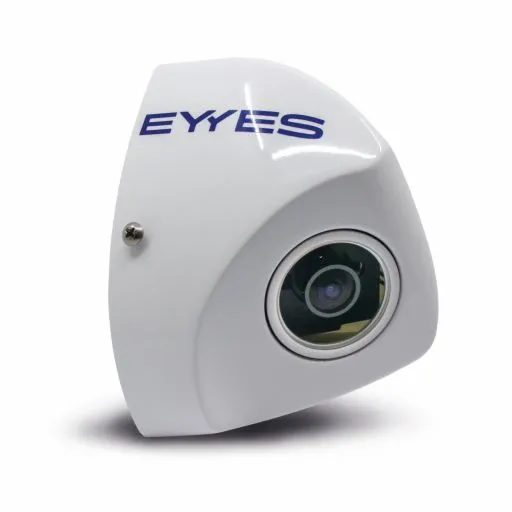The ITS world Congress in Tokyo will see the launch of Autotalks’ vehicle-to-vehicle (V2V) and vehicle- to-infrastructure (V2I) safety technology. The Craton communication processor and the Pluton transceiver developed by Autotalks utilise powerful sensors capable of transmitting electronic signals between cars within a defined radius, for example 100 metres. Any vehicles fitted with the V2V technology will be able to analyse the relative speed and distances between any other vehicles within its predetermin
September 10, 2013
Read time: 1 min
The 6456 ITS World Congress in Tokyo will see the launch of 6765 Autotalks’ vehicle-to-vehicle (V2V) and vehicle- to-infrastructure (V2I) safety technology.
The Craton communication processor and the Pluton transceiver developed by Autotalks utilise powerful sensors capable of transmitting electronic signals between cars within a defined radius, for example 100 metres. Any vehicles fitted with the V2V technology will be able to analyse the relative speed and distances between any other vehicles within its predetermined radius. Once the sensors calculate that there may be even a remote risk of collision, it will emit an audio or visual warning signal to the driver via a dash- mounted GPS unit.
Autotalks anticipate seeing their accident prevention technology being in widespread commercial use by the beginning of 2015.
The Craton communication processor and the Pluton transceiver developed by Autotalks utilise powerful sensors capable of transmitting electronic signals between cars within a defined radius, for example 100 metres. Any vehicles fitted with the V2V technology will be able to analyse the relative speed and distances between any other vehicles within its predetermined radius. Once the sensors calculate that there may be even a remote risk of collision, it will emit an audio or visual warning signal to the driver via a dash- mounted GPS unit.
Autotalks anticipate seeing their accident prevention technology being in widespread commercial use by the beginning of 2015.









